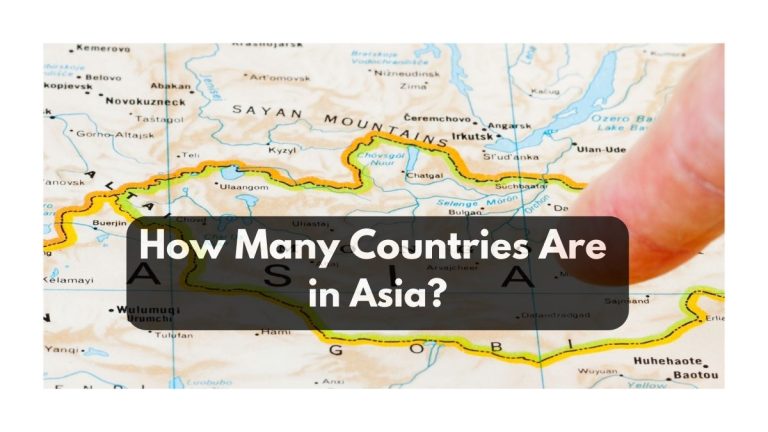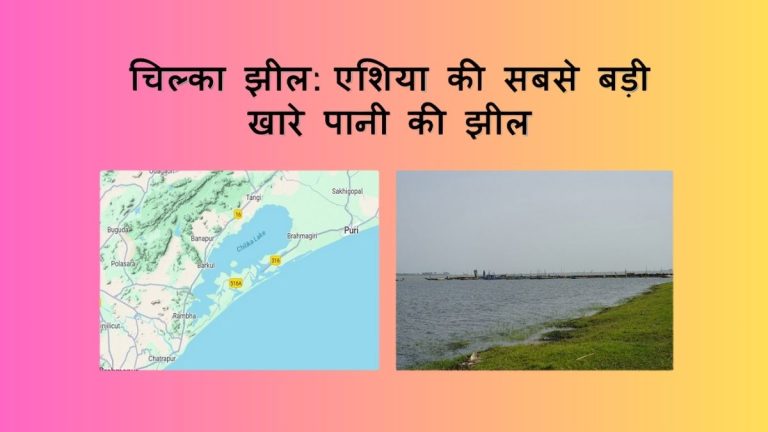The Bering Sea (Click here to see map) is a northern extension of the Pacific Ocean, nestled between Alaska (USA) to the east and Russia’s Siberia and Kamchatka Peninsula to the west. It connects to the Arctic Ocean via the Bering Strait, the narrow passage separating North America and Asia. Known for its extreme weather, rich fisheries, and historical significance (including the Bering Land Bridge), this sea plays a crucial role in ecology and global climate systems. Below, we answer the most common questions about its location, depth, wildlife, and more.

Where Is the Bering Sea Located?
The Bering Sea stretches across two major countries:
- Eastern Border: Alaska (United States)
- Western Border: Russia (Siberia & Kamchatka)
- Northern Boundary: Bering Strait (linking to the Arctic Ocean)
- Southern Boundary: Aleutian Islands & Alaska Peninsula
A key fact for geography enthusiasts: The Bering Strait, just 53 miles (85 km) wide, is where Asia and North America almost meet.
Is the Bering Sea Part of the Arctic or Pacific Ocean?
While the Bering Sea is primarily part of the Pacific Ocean, its northern section near the Bering Strait connects to the Chukchi Sea, which flows into the Arctic Ocean. This makes it a transitional zone between the two oceans.
How Deep Is the Bering Sea?
- Average Depth: ~1,500 meters (4,900 feet)
- Deepest Point: Bowers Basin (~4,000 meters / 13,000 feet)
- Shallowest Areas: Near the continental shelves (important for fishing)
The seafloor features underwater canyons and ridges, supporting diverse marine life.
Why Is the Bering Sea Important?
A. One of the World’s Most Productive Fisheries
- Famous for king crab, snow crab, and pollock (supplying major seafood markets).
- Home to Steller sea lions, seals, and whales.
B. Historic Bering Land Bridge
- During the last Ice Age, lower sea levels exposed a land bridge (Beringia), allowing human migration from Asia to the Americas.
C. Climate & Ocean Currents
- The sea influences Arctic and Pacific currents, affecting global weather patterns.
Does the Bering Sea Freeze?
Yes! Winter ice covers much of the northern Bering Sea, especially near the Strait. This impacts:
- Shipping routes (limited access in winter).
- Wildlife behavior (seals, walruses, and polar bears rely on ice).





























